 dincer
hepguler living soil page
dincer
hepguler living soil page dincer
hepguler living soil page
dincer
hepguler living soil pageWe always want our garden to have a fertile soil... This can be achieved by adding nutrients while our plants consume over time... Or we can create a sustainable living soil, which can be always fertile... This concept is known to far-eastern gardeners for ages... It is calling effective microorganisms for help... EM (effective microorganisms) and Bokashi is the best approach to Permaculture Gardening... I will not be explaining the concept here, there are many articles on the subject on internet, you can make a small research about the meaning... Instead I will discuss how to make this for your garden...
|
Lactic acid bacteria: Lactobacillus plantarum; L. casei; Streptococcus Lactis.
|
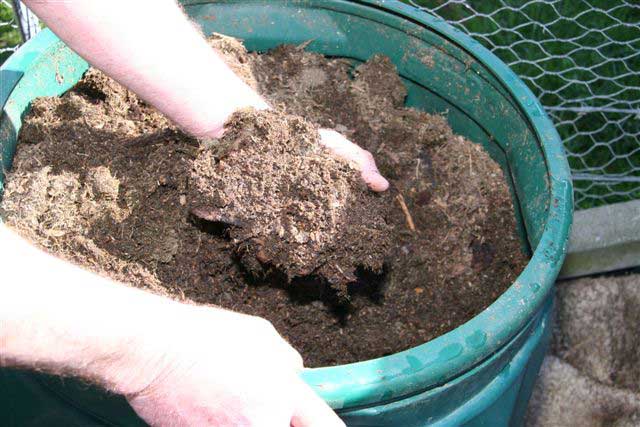 |
first invented and made by Dr.Higa of Japan, EM and Bokashi gained interest over worldwide gardeners... if you are a DIYer like me you do not want to buy this product, instead you will want to make it yourself at home..
there are many ways to make EM at home, widely explained on internet... here I will share with you the traditional methods of making EM as well as my own method which is simpler...
|
|
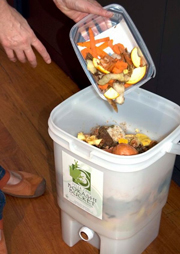 |
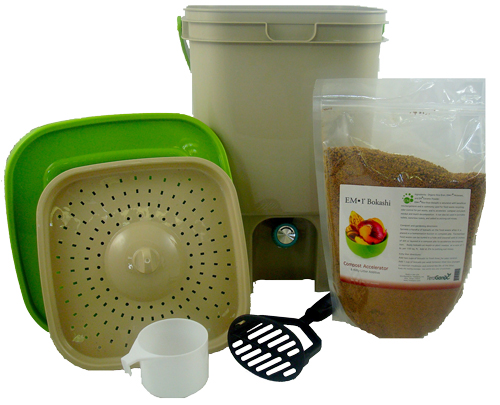 |
Traditional method:
1/4 cup rice
1quart Mason Jar
1 cup water
1 fine mesh strainer
80 oz milk depends on how much one is making
1 gallon container or jar
1 tsp. black-strap molasses
Procedure:
1. Place rice and cup of water in mason jar and shake vigorously until water is cloudy white, strain off rice kernels and discard into tour compost bin or cook for dinner.
2. place cap on loosely and store in a cabinet or cool dark place for 5-7 days.
3. Sift off top layer and strain liquid (serum)
4. measure your rice liquid and now add a ratio of 1 part fermented rice to 10 parts milk, I would culture in a 1 gallon jar. let sit for 5-7 days.
Rice water and milk serum fermenting 3 days – notice: lid is only siting on top as to not build pressure.
5. sift off curd settlement and add to your soil or feed your animals it is good for their digestion, then there should be a light yellow serum left this is your unactivated serum.
6. Add 1 tsp molasses to feed and keep your bacteria alive and refrigerate. should have a shelf life of 6-12 months.
7. to activate microorganism activities and to room temperature non-chlorinated water at a ratio of 1 part Serum to 20 parts water.
8. feed to plants either straight into soil or follicular feeding.
Link to making video:https://youtu.be/AGMxntms35k
Bokashi compost:
Store Bought Bokashi
Bokashi is a method of intensive composting. It can use an aerobic or anaerobic inoculation to produce the compost. Once a starter culture is made, it can be used to extend the culture indefinitely, like yogurt culture. Since the popular introduction of effective microorganisms (EM), Bokashi is commonly made with only molasses, water, EM, and wheat bran.
In home composting applications, kitchen waste is placed into a container which can be sealed with an air tight lid. These scraps are then inoculated with a Bokashi EM mix. This usually takes the form of a carrier, such as rice hulls, wheat bran or saw dust, that has been inoculated with composting micro-organisms. The EM are natural lactic acid bacteria, yeast, and phototrophic bacteria that act as a microbe community within the kitchen scraps, fermenting and accelerating breakdown of the organic matter. The user would place alternating layers of food scraps and Bokashi mix until the container is full.
Bokashi is moderately easy and cheap to make and there are many online video walkthroughs, you tube being a great place for a beginner to get some help, but here is a easy simple way to make Bokashi. Mostly made from wheat husks or wheat bran but I have heard of people using any thing from oats, barley, wood chips and even unsalted peanut husks.
Bokashi Grain :( 10 & 50 lb mix)
10 lbs wheat bran
4 tbsp EM serum
4 tbsp Molasses
10-12 cups non -chlorinated water
air tight containers such as buckets with lids or storage totes will work too. Something to mix in or on.
Procedure:
1. Add molasses to water and mix well.
2. Add Em serum
3. put wheat bran in mixing container or on something to mix on if one is making large amounts.
4. add liquid slowly and mix vigourously till all liquid is added and all bran material is dampened. Bokashi mix should be equally damp and slightly sticks to itself.
5. For ferment do 5 gallon buckets and trash bags. Once mix is ready line a 5 gallon bucket with 2 trash bags and start scooping Bokashi mix in side in layer, compacting and squeezing all the air out of bran mix.(Keynote: Air will create the wrong bacterial culture and if you see black , green or gray mold throw your mix away, white is OK that is yeast.) Tie off bags and place air tight lid on bucket.
6. Store for 14 days in cool dark area for fermenting.
7. open fermented mix(smell should be like apple cider sweet)and sundry on concrete or on a tarp in the sun, time may vary depending on your location and time of year for drying.
8. Place in container for your Bokashi composting needs, flush down toilet to clear septic tanks, feed to live stock to better digestion.
Well this is a couple cheap easy trade secrets that should benefit your organic medical gardens Thumbs. Be green and frugal it is best we do thing for ourselves. If you feel the need to do more research look into organic farming with probiotics for plants.
Once dried you can store your EM Bokashi bran in any way you like... you can even make balls of it to throw into dead lakes, rivers, sevage and ponds to regenerate living... Best way is to keep it as grain or powder...
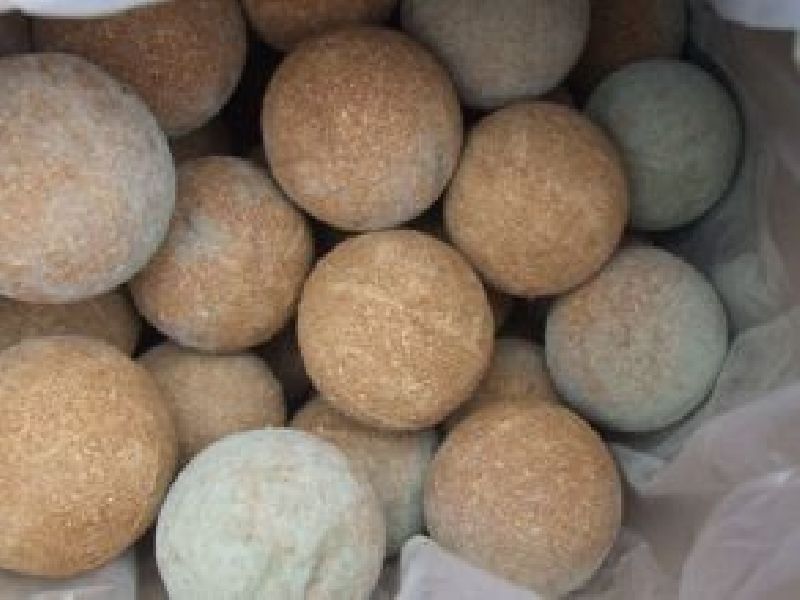 |
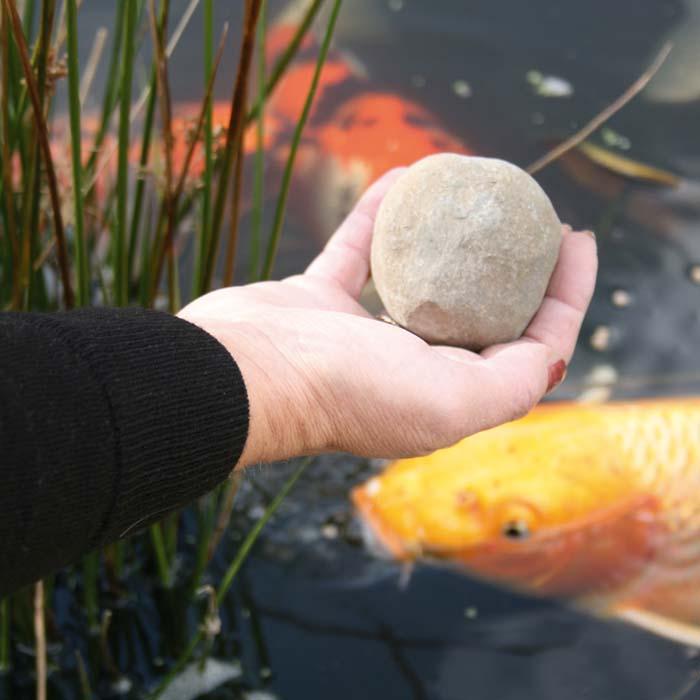 |
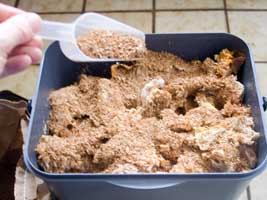 |
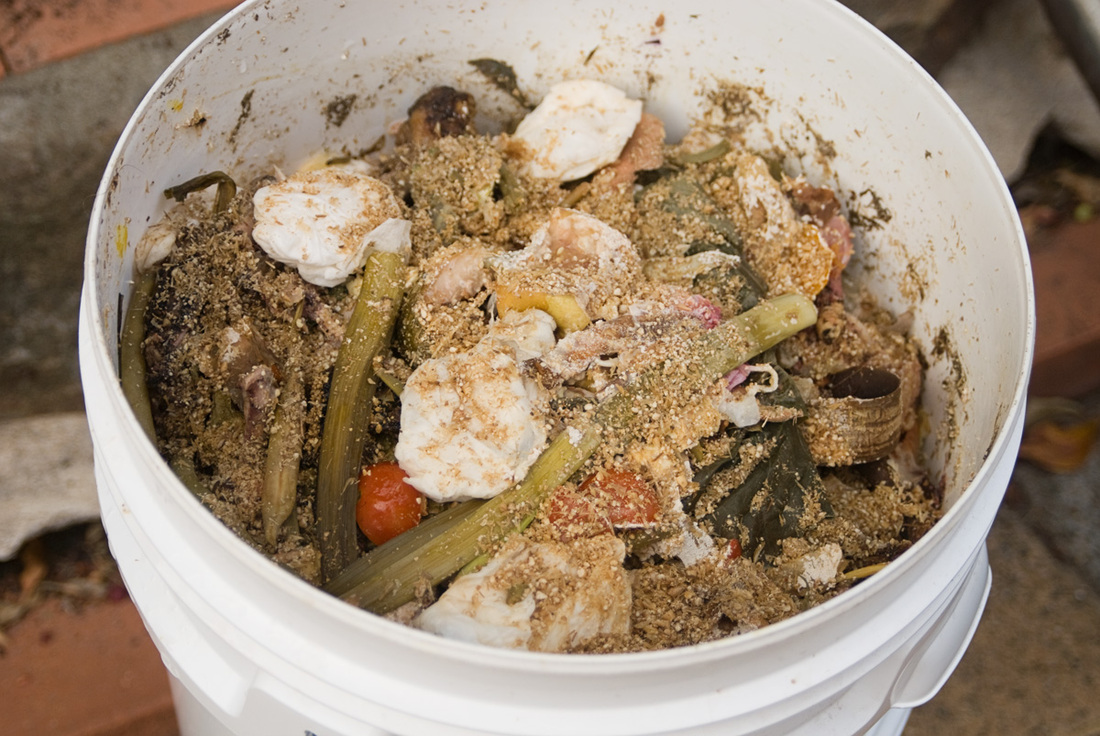 |
My Method:
Instead of fermenting the rice starch liquid with milk, I used a different approach which is simpler (and less stinky)... we need to make a soup of useful bacteria mainly Lactobasillium and yeast... we have these microorganisms already in yoghurt but very less amounts... but there is another milk product which contain 20 times more amount of useful bacteria, Kefir... Kefir is known to mankind for many ages like yoghurt... If you treat milk with yoghurt yeast it becomes yoghurt and if you treat milk with kefir yeast it becomes Kefir... simple as that... kefir is also sold on many markets worldwide... However if you make kefir at home it will be containing much more microorganisms... it is sustainable and if you find kefir yeast once it will last forever... not to mention that UHT milk is not suitable for the purpose... find raw milk and treat it with kefir yeast, it will contain much more useful microorganisms (lactobasilius) than you can imagine... kefir is like yoghurt and can be diluted with non-chlorinated water... link to Kefir wiki:
https://en.wikipedia.org/wiki/Kefir
I made some more improvisations to the issue and tried to add some more useful bacteria to the formula... there are medications containing probiotics that you can buy from any pharmacy... these products contain living lactobasillium and streptococcus cultures which help digestion in human intestines... I add one sachet of these probiotics powder to my EM liquid to enrich the culture... furthermore I add some soil samples to the equation to add more diversified bacteria... mainly the process is diluting the kefir with 10-20 parts non-chlorinated water (I have a rewerse-osmosis water treatment at home) and adding probiotics to the solution... leaving the solution in a bucket with soil samples for a while (a week for example)... then you drain the solution and there you have a powerful EM serum... at this point you must find a way to keep your serum alive for some period... you must add some feeding ingredients for your useful microorganisms and store them... the answer is sugar... there are many concentrated sugar syrup products that can be used... Blackstrap Molasses and even maple syrup can be used for the purpose... I used Pekmez, a concentrated grape syrup which is widely used and available in Turkey... you can add some sugar syrup to the serum and bottle it to keep in a cold storage... this way you can keep your serum alive for few days... however if you want to keep it for prolonged periods then you must find a different approach like keeping it as dry barn form... traditional methods say that you can use all kinds of organic barn, wheat barn, rice barn, oat barn or even saw dust... I made a cocktail of all and used all of them together... I mixed equal amounts of these barns and soaked with my EM serum... you must mix all wet material and and all dry material at once... the resulting mix must be damp but sticky... few things to remember: when you mix your EM serum with dry barn, you must put it in an airtight container and leave aside for at least a week... then you can lay it on a surface for drying... not under direct sunlight... when dried, you have a EM grain that you can use to enrich your soil, make Bokashi composting, cleaning sevage and restoring dead ponds...
Some words about kitchen waste recycling, Bokashi composting... you can recycle kitchen waste and make compost at home... for this purpose there are commercial products sold which contain a Bokashi bucket and a Bokashi starter... the EM grain I explained above is the Bokashi starter... the Bokashi bucket is an airtight container with a tap which is used to drain the liquid formed during the process... you dump all your kitchen waste as layers into the bucket, spill some EM grain between the layers and place the top airtight lid of the bucket... some brown colored liquid is formed by anaerobic decomposition and this is extracted from the system via the tap on the bottom of the bucket... this Bokashi serum can be used as EM serum for your needs... a DIYer can make the system with a standard bucket with an airtight lid on top and a tap to collect liquid...
please e-mail to me at dhepguler@hotmail.com